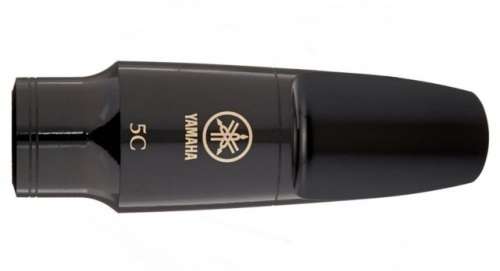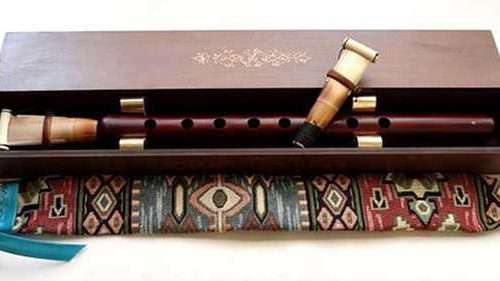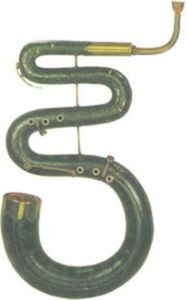
Which saxophone mouthpiece?
Contents
See Saxophones at Muzyczny.plSee Reeds at Muzyczny.pl
 It is not easy to answer this question, and that’s because there are many different companies on the market that offer their saxophone products. On the one hand, it is of course very good, because we have a lot to choose from, on the other hand, however, a person who starts his adventure with the instrument may get lost in all of this. Each brand has its own specificity and in fact, a beginner does not know exactly what to look for and what will be the best choice for them.
It is not easy to answer this question, and that’s because there are many different companies on the market that offer their saxophone products. On the one hand, it is of course very good, because we have a lot to choose from, on the other hand, however, a person who starts his adventure with the instrument may get lost in all of this. Each brand has its own specificity and in fact, a beginner does not know exactly what to look for and what will be the best choice for them.
First of all, remember that we have classic mouthpieces, the so-called closed and entertainment mouthpieces, the so-called open, and they differ in structure and possibilities. On the open mouthpiece itself, the scale reaches about a tenth, while on the closed mouthpiece it is only about a quarter. Therefore, first of all, it is worth determining what kind of music we are looking for a mouthpiece for. Are we going to play classical music or maybe popular music, including jazz?
The importance of the saxophone mouthpiece
The saxophone mouthpiece is one of its elements that has the greatest impact on the sound, intonation, and even the behavior of the saxophone after blowing. Mouthpieces are made of various materials: plastic, metal, wood, but it is the material not used in the construction, and the shape of the mouthpiece has the greatest impact on the sound.
The most important features of the saxophone mouthpiece
Counter Length Deviation Open Chamber Size Chamber Size The length of the liner
Which mouthpiece to choose?
At the beginning, you can recommend ebonite mouthpieces, which are relatively easy to play. When it comes to price, buying expensive mouthpieces does not make much sense at the initial stage of learning. A branded mouthpiece at a price of up to PLN 500 should be enough at the beginning. Of course, if this amount is too high, you can buy a product of a less reputable brand. We will probably have to test a few different mouthpieces during our music activity before we find the one that will really suit us.

Saxophone tuner
A reed is a bamboo board responsible for the source of the sound. As with mouthpieces, there is a very large range of different brands, models, cuts and intended uses for a reed. Adjusting a reed is a very individual matter that requires personal trying, testing and playing, so there is not much that can be precisely advised in the initial stage. Individual models have their own hardness, the range of which ranges from 1 to 4,5, where 1 is the value of the softest. It is worth starting with an average hardness, e.g. 2,5, from time to time change the reed to a harder or softer one and see the differences in playing comfort yourself. Each player has a different arrangement of face and lip muscles, so the right tuning is a very individual matter.

Razor – ligature
The ligature machine is an integral and indispensable part of the mouthpiece, which is used to twist the mouthpiece with the reed. There are many models of razors to choose from, but most often they come complete with a mouthpiece. The reed with the mouthpiece should be folded so that the edge of the reed is flush with the edge of the mouthpiece.
It is certainly difficult to recommend a given model or brand because the choice of the mouthpiece is a very individual matter. The same model in one saxophonist may sound completely different than in another. However, the value and impact of a given mouthpiece on the quality and color of the sounds produced can be fully assessed only after a few months of use, when we will be able to say that we have squeezed the maximum possible out of it. Of course, the better quality mouthpiece we buy, the better the sound, as well as the possibilities and comfort of playing.





